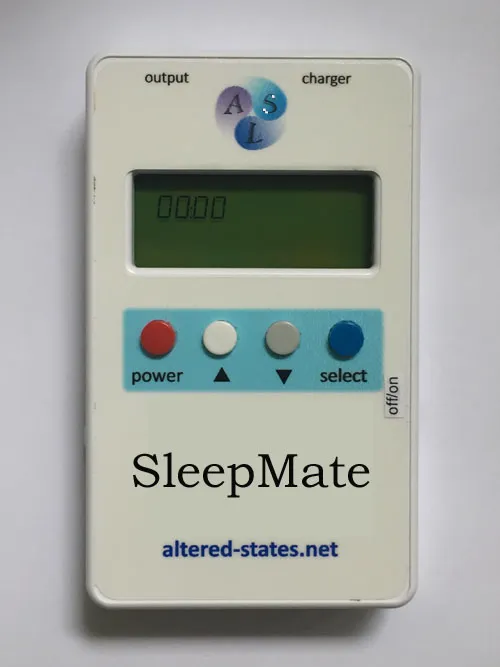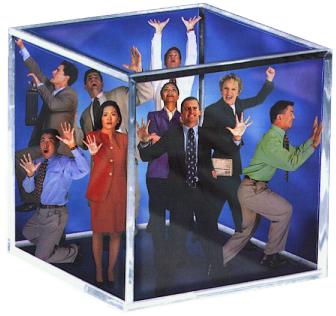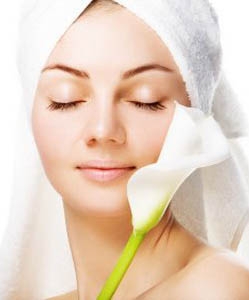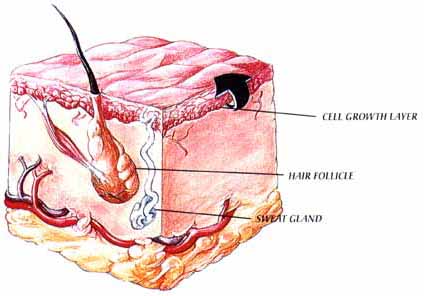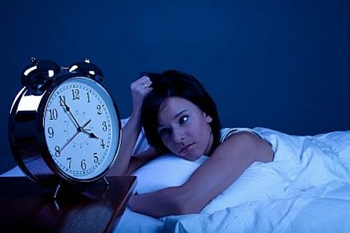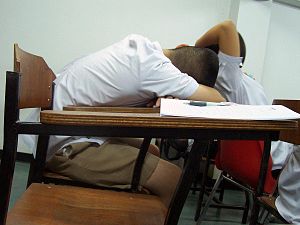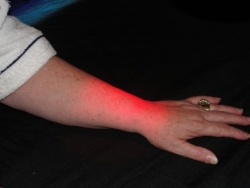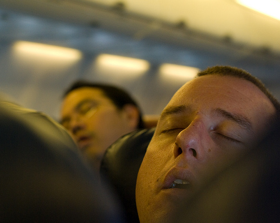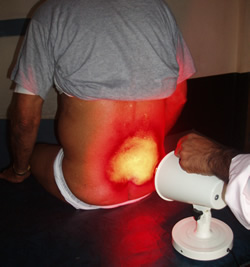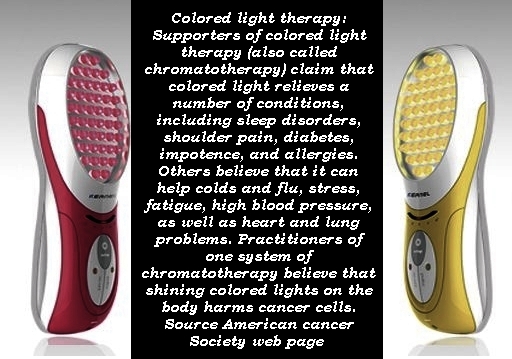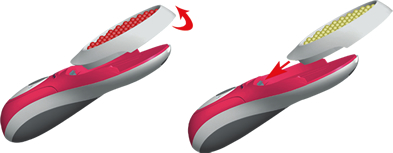Extra Panel for Photodynamic Therapy Device KN-7000CNZ$66.99Approx USD$39.95
Photodynamic Therapy Light therapy or phototherapy (classically referred to as heliotherapy) consists of exposure to daylight or to specific wavelengths of light using lasers, light-emitting diodes, fluorescent lamps, dichroic lamps or very bright, full-spectrum light, usually controlled with various devices. The light is administered for a prescribed amount of time and, in some cases, at a specific time of day.
Q: It is hard for me to believe that shining a little red or blue light on my body can heal anything. Why should I use this light therapy device? A: There are literally thousands of articles, abstracts and books written on the benefits of Light Therapy today. These publications have been written by doctors, scientists and practitioners from such prestigious organizations as NASA, The Medical College of Wisconsin, Samuel Haroff Hospital, Thomas Jefferson University, Harvard and many other organizations that have conducted extensive research on Light Therapy. To read American Cancer Society Article About Light Therapy . What’s this about infrared light therapy and dramatic recovery from chronic wounds and healing severely damaged tissues—has the medical community found something better than surgery? Your skin has the ability to absorb infrared light and use it as a source of energy to stimulate cellular regeneration. Infrared LED light therapy, first researched by NASA for use in the U.S. Space Program, can reverse and control the visible signs of aging and help you look years younger without harsh chemical treatments or invasive surgical procedures. Dramatic tightening of skin, smoothing of wrinkles and rough spots, disappearing blemishes, softening of redness, and shrinking of pore size can be achieved with this natural light treatment. In addition, the unit can be used to effectively treat minor muscle and joint aches, sprains, back pain, muscle spasms, the pain and stiffness associated with arthritis, and more.
Three highly-qualified RN’s have published
their findings about the benefits of treatment that overcome
the complications of severe tissue damage caused by underlying
auto-immune disease, arthritis, unstable diabetes, or resistance
to antibiotic therapies. (Wow!—it’s better than
antibiotics?! I do NOT like taking medications if possible—and
this is more beneficial, medically proven and validated,
and…more affordable than repeated hospital or skilled
facility placement?) Well, it works for our fighting men in the military: this has already validated in a NASA News, Marshall Space Flight Center News Release 00-336 (12-18-00). Dr. Harry Whelan, commander and diving medical officer in the U.S. Navy reserve then assigned to Naval Special Warfare Command and a professor of pediatric neurology and director of hyperbaric medicine at the Medical College of Wisconsin, has been working alongside doctors at Navy Special Warfare Command centers in Norfolk, VA, and San Diego, CA. They reported a 40 percent improvement in patients who had musculoskeletal training injuries treated with the light-emitting diodes. In the laboratory, Whelan and his team have shown that skin and muscle cells grown in cultures and exposed to the LED infrared light grow 150 to 200 percent faster than ground control cultures not stimulated by the light. Furthermore, a wound-healing device was placed on the USS Salt Lake City submarine, and doctors reported 50 percent faster healing of crew member’s lacerations when exposed to the LED light. Injuries treated with the LEDs healed in seven days, while untreated injuries took 14 days.
And it helps children too: Dr. Whelan’s NASA-funded research has already seen remarkable results using the light-emitting diodes to promote healing of painful mouth ulcers caused by cancer therapies such as radiation and chemotherapy. The treatment is quick and painless.
Doctors at the Children’s Hospital of Wisconsin recently completed the first-ever surgery with the improved probe and medicine. The drugs also has fewer side effects after surgery. The ongoing brain surgery study is described in a 1999 peer-reviewed journal article in Pediatric Neurosurgery. “Some children who probably would have had to be fed intravenously because of the severe sores in their mouths have been able to eat solid food,” said Dr. David Margolis, an oncologist at Children’s Hospital of Wisconsin in Milwaukee and an assistant professor of pediatrics at the Medical College of Wisconsin. Light Therapy Is Used For Many Areas We live in troubled times in which we are losing the battle with health care costs, lack of insurance, losing our jobs, etc. and have to start taking the time and responsibility for our own health. We have to start thinking outside of the box in terms of what we can do for our own health
Where is Light Therapy Used Light therapy has found many uses in different areas. For example, it is used to treat a variety of skin diseases and it is used to treat mood and sleep related disorders as well. Let us have a look at the various places where light therapy is being used.
Acne: It has been known since a long time that sunlight helps cure the bacteria which cause acne. The visible violet light which is present in the sunlight activates a porphyrin that damages and kills the bacteria which cause acne. And this process does not cause any tanning or sunburn. However, during the course of this treatment, it is important to protect the eyes from the light as this may be harmful to the chemicals in the retina. This treatment has proved to be more effective than Benzoyl Peroxide which is often used to cure acne.
Psoriasis: One of the common problems of people suffering with psoriasis is skin inflammation. Narrow band ultra violet B rays are given as a light therapy on the skin surface which is inflamed. The ultra violet rays help suppress the inflammation on the skin.
Wound Healing: It has been found that infrared light releases nitrous oxide in the blood stream which increases the circulation of blood in the area where the light is directed. This is very helpful for people, who due to various diseases such as Diabetes find it very difficult to heal wounds on the surface of the skin. This is also helpful for patients suffering with Neuropathy, Ulcers and for patients whose blood circulation is improper.
People with seasonal affective disorder go into depression like states during the winter months. This is seen in places where the amount of daylight is very less in these seasons (countries near the North Pole, for instance). The cure for these people is full sunlight. So, light boxes which replicate sunlight conditions are used for these patients. These use artificial illumination to re-create the fully lighted atmospheric conditions that are normally present in sunlight.
Increasingly, light therapy is being used to reset our body clocks – sometimes along with melatonin and sometimes on its own-no matter how or why they’ve been put off track. Scientists are discovering that light therapy may have potential for treatment of several other disorders in addition to that of SAD. Another area where bright light therapy has proven itself beneficial is in the area of sleep disorders. Advanced sleep phase syndrome (ASPS) is characterized by premature sleep onset and early morning awakening. Future applications of bright light therapy may well include any area where a disease or syndrome recurs seasonally, shows winter exacerbation, or plausibly is related to insufficient or ill-timed outdoor light exposure regardless of the season. * Early Morning Insomnia
Depression: This is a non-seasonal kind of depression. But light therapy has shown interesting results in the treatment of such patients as well. A similar kind of treatment method is followed for treating these patients as with the people affected with SAD. The results are faster compared to the use of anti-depressants.
Sleep Sleep disturbances increase as we age. Some studies report more than half of seniors 65 years of age or older suffer from chronic sleep disturbances. Researchers have long believed that the sleep disturbances common among the elderly often result from a disruption of the body’s circadian rhythms — biological cycles that repeat approximately every 24 hours. In recent years, scientists at Rensselaer Polytechnic Institute’s Lighting Research Center and elsewhere have demonstrated that blue light is the most effective at stimulating the circadian system when combined with the appropriate light intensity, spatial distribution, timing, and duration.
Delayed Sleep Phase Syndrome (DSPS): People suffering with Delayed Sleep Phase Syndrome (DSPS) have problems sleeping and often end up falling asleep way past midnight and thus have difficulty waking up in the morning. In these cases the light must be provided as soon as the patient wakes up. Light therapy is useful for the people suffering from DSPS because it causes dawn simulation.
Jet Lag: It has been seen that exposing the person suffering from jet lag to light at appropriate times before, during and after the air travel can actually reduce the effects of jet lag and help the body to adjust easily to the time differences. This process has even been used by NASA to train its astronauts for late night launches.
Heliotherapy: This is a very popular term which is used to describe light therapy, and is used in spas and such places. These places use various forms of light therapy to provide tanning beds and booths and even tanning lamps which use both ultraviolet and infrared rays of light for providing treatment to their customers.
When not to use Light Therapy However advantageous light therapy may be, there are certain times when light therapy is not advisable. It has been observed that exposure to too much light can cause skin damage as well as destroying the amounts of vitamins A and C in the skin, and it can damage the generation of free radicals in the body. It is for this reason that it is said that light therapy should always be taken in the presence of a licensed practitioner, qualified doctor or dermatologist. Light therapy used for patients suffering from depression can also cause maniac states (which are the absolute opposite of depressed states) because of the mood alteration effect produced by it. As such, it can also be considered similar to taking mood-altering drugs. Hence, it is always advised to take such therapies under the consultation of a qualified medical practitioner only. In some cases, where the patient suffers from photo toxicity (light can kill the cells), or has a photosensitive skin or is taking certain medicines which can create such conditions, light therapy is not advised. Also, with patients that have a tendency towards manic behavior, light therapy is not advised. By Madhavi Ghare
• Convenient to carry easy to use
Power: AC 230V±10%,50Hz±2%
YOU CAN ADD
ALTERNATIVE COLOR TREATMENT PANELS
|
Your IP Address is: 3.143.203.223
Copyright © 2025 Altered States. Powered by Zen Cart



